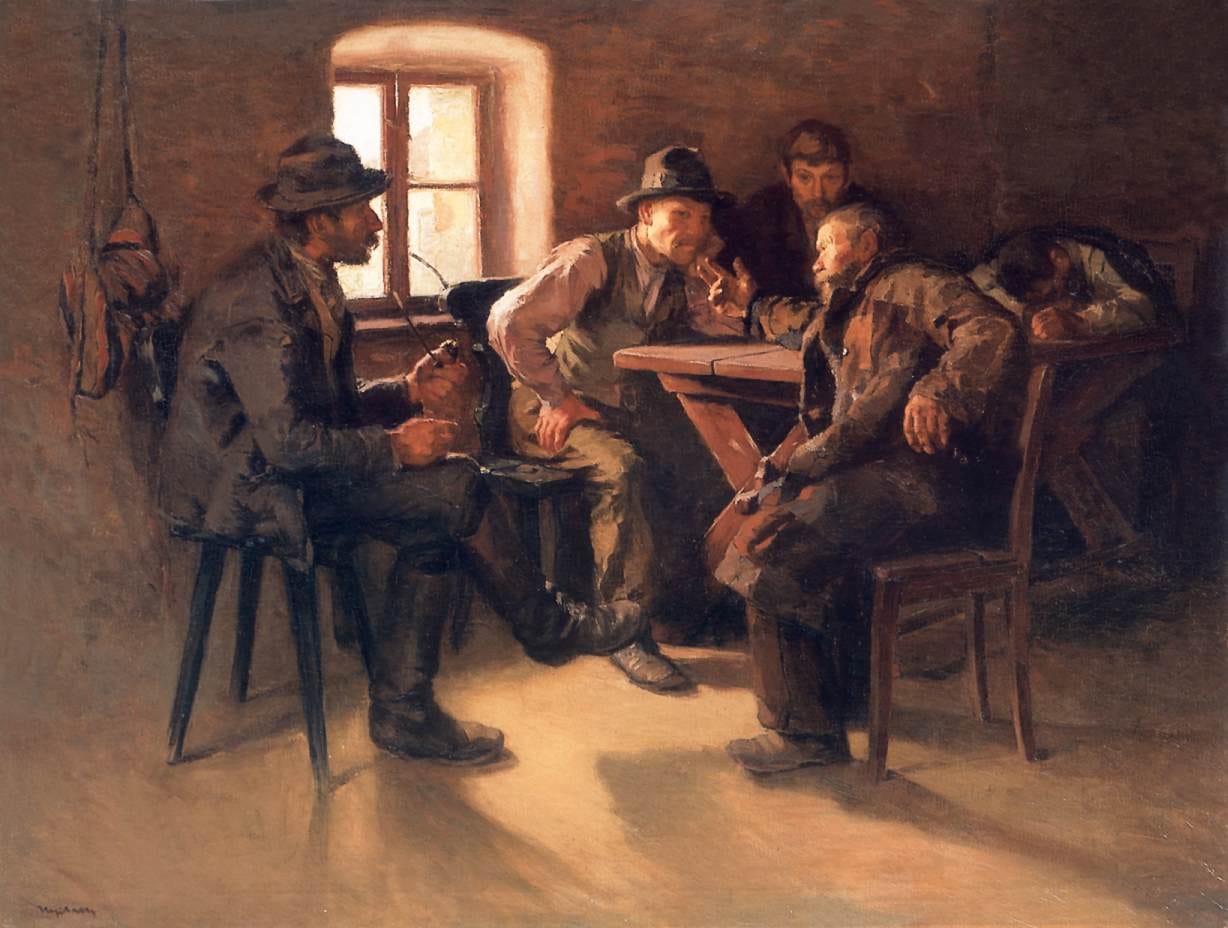Cross-functional discussions
How to give employees direct access to the CEO while fostering cross-functional awareness (and making it enjoyable for everyone).
Somewhere around 40 employees, I realized that I no longer knew every member of our team all that well, nor did many members of our team know me all that well.
I was perfectly fine with everyone not knowing the names of everyone else’s children or pets—that’s an inevitable consequence of growth—but I was uncomfortable with our growth undermining cross-functional awareness and cooperation.
In an ideal world, everyone would have sufficient access to me, so that I could understand their challenges and aspirations. And more importantly, each team member would be sufficiently connected to their colleagues in other functions, so that regardless of our individual roles, we remembered that we’re all building something together and it was important that we all work in the same direction.
I didn’t lament that Rachel in Support didn’t really know Chris in Product, but I was a bit concerned that members of the Support team didn’t really know what members of the Product team did, and vice versa. The information that our functions shared with each other was being filtered through directors via regular all-hands meetings—and while our leaders did a great job, everyone’s appreciation of what everyone else was doing lacked the sort of context that one can only get by hearing it from the horse’s mouth. And that went for me, as well! In order for me to learn something from a colleague who was not my direct report, I had to be intentional about it.
To begin confronting that challenge, I had lunch with every single member of our team over the course of three months. I started with all of our individual contributors, then met with managers, and wrapped up with our directors and VPs (saving for last my several direct reports).
Going into these lunches, I assumed every member of the team would enjoy having some 1:1 time with the company’s founder & CEO and that I would have some candid and useful discussions.
That was mostly correct, and on the whole, the effort was probably a net positive, but it was definitely not a resounding success:
I gained five pounds as a result of cramming all of those lunch meetings into three months.
I learned midstream that these 1:1 discussions were painfully intimidating for many of our younger/newer employees (which should have been obvious to me from the outset).
Some managers and senior leaders understandably perceived these lunches as dis-intermediating, which left them suspecting I might not entirely trust them.
The distillation of all the feedback from all of the meetings was too much effort for me, and many of the great opportunities surfaced by the discussions never went anywhere.
Despite those mistakes, it was pretty clear to me that we were indeed losing useful intra-company context as we grew. Though the 1:1s weren’t the best way to fix it, I felt I was on to something, and later that year I tweaked the process and tried again.
This time, instead of meeting with just one colleague for an hour, I expanded the meeting to ninety minutes and invited three or four colleagues who didn’t regularly interact with each other, plus our COO Mark Miles. So that each discussion would be structured and intentional, all of the participants received this email from me a few days in advance.
David, Rachel, Erin, and Brian,
Mark and I look forward to our discussion! I am sure it will be broad ranging, but in our limited time together, we want to be sure to get your takes on these four questions:
When you’ve had a particularly effective and successful day at work, what does that look like?
What are some things that the leadership team should be paying a lot more attention to?
What are some of the company’s opportunities that you are most excited about?
Is there anything about the business that you’re interested in getting our candid take on?
Our meetings unfolded like panel discussions, with Mark and me serving as moderators and our colleagues as panelists. We would go around the table (or Zoom) asking each question, receive answers that were thoughtful, deliberate, and often illuminating, and great conversation would follow.
The discussions gave everyone a stronger appreciation for what everyone else—and particularly what every other function—was working on. It also gave each of us a clear picture of where there were important gaps in understanding. And as a bonus, Mark and I were able to see where individual or functional vectors were misaligned with company vectors, where we needed to make course corrections, and who on our growing team were especially strong and promising contributors.
These meetings, which we continued on a biannual basis (mixing up the groups each time, but maintaining cross-functional representation and mixing tenured employees with new people), became one of my favorite activities as CEO.
The painting is “Conversation” by Sándor Nyilasy.




